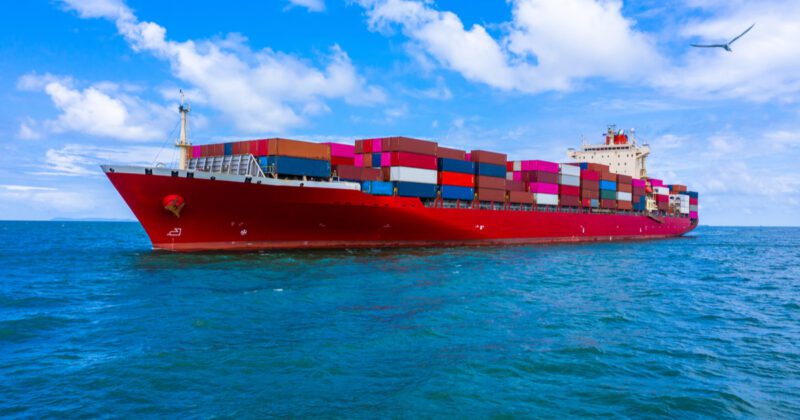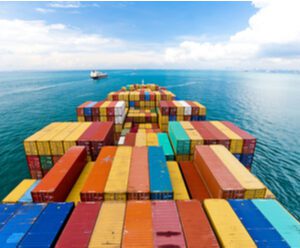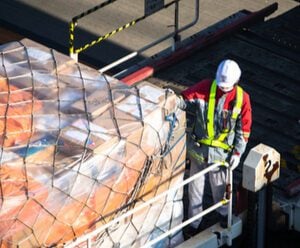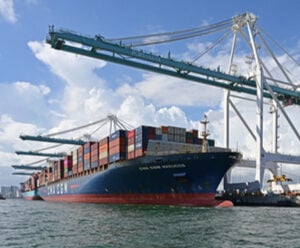出口水平不斷上升,對未來發展謹慎樂觀

雖然供應鏈狀況仍然遠遜於新冠肺炎疫情爆發前的時期,但制約因素已經開始部分得到緩解。這是因為在全球供應鏈中關鍵的一些亞洲經濟體已放鬆疫情措施並重新對外開放。
2021年12月DHL《海洋運輸市場最新消息》中提到,隨著工廠重新開工,亞太地區經濟體在第三季度受挫後開始反彈。德爾塔疫情逐漸消退,在印尼、泰國和印度經濟加速增長的推動下,亞太地區的製造業產量開始回升。
中國是集裝箱航運公司主要貿易路線所運送產品的主要供應國,其Caixin/Markit採購經理人指數(PMI)去年11月升高到50.6,表明繼去年9月由於緊縮下降到50.0之後恢復了增長。該情況的部分原因在於,很多工廠去年早些時候經歷了拉閘限電後,電力短缺狀況得到了顯著緩解。
然而,我們對此應當持謹慎樂觀的態度。 “目前中斷和瓶頸的影響預計將延續到2022年。但好的一面是,採購經理人指數表明中國的電力短缺狀況沒有影響我們客戶的總體產量,”DHL全球貨運亞太區首席執行官Kelvin Leung說道。
持續存在的經營挑戰
當然,這一切都不會一帆風順。承運商仍然設置空船航班,通過撤銷航線來保持船期的完整性。由於經營原因,一些承運商也採取了破壞性較小的跳港方式,即在略過航線中的特定港口。
“持續的空船航班、跳港以及最後時刻才做出的船期變動降低了市場的總體運力,而且這仍然是一個全行業面臨的難題,”DHL全球貨運海運部全球主管Dominique von Orelli說道。
Sea-Intelligence航運諮詢公司稱,去年10月,全球船期可靠性再次提高,但提高幅度不大,而且從全年來看,仍然穩定地保持在34-40%的範圍內。值得注意的是,2021年10月的可靠性水平與2020年10月相比下降了18個百分點,而貨船到達的平均延誤時間僅略微減少到7.34天。
2021年10月,馬士基再次成為十四大承運商當中最可靠的一家,船期穩定性達到46.4%,其次是漢堡南美船務集團(船期穩定性為38.1%)。
令人擔憂的是,亞洲地區的船期缺口和港口堵塞情況越來越多。這些情況進一步擾亂了航運秩序,導致大量船隻堵塞在轉運樞紐。
而且,考慮到臨近春節需求預計維持旺盛,全球性港口堵塞仍是一大難題。
從可能存在的瓶頸來看,由於中國針對船員的嚴格隔離規程,支線船運營商被迫從去年12月到今年2月中旬逐步減少在華南珠江三角洲的經營活動。
“在我們試圖緩解全球供應鏈中斷的過程中,仍然有很多運營難題需要解決,”von Orelli說道。 “關於2022年全球航運健康度的任何預測都顯然存在多方面的風險。”
供應鏈制約因素的緩解
即便如此,也有跡象表明經濟在緩慢回暖。去年11月,摩根大通全球製造業採購經理人指數表明業務狀況連續17個月好轉。
摩根大通全球經濟師Olya Borichevska稱,去年11月的全球製造業採購經理人指數還表明“供應制約因素指標適度緩和,產量要素有所增長”,即“工業發展趨勢向好”。
摩根大通還稱,去年11月,全球新訂單數量再次增長,而11月新出口訂單的增速高於10月。
投資銀行野村證券的分析進一步確認了這一點。去年12月初,野村證券稱新冠肺炎疫情封鎖後工廠逐步提高產能有助於克服供應鏈瓶頸,還稱供應商配送時間指數(SDTi)從10月的42.9上升到11月的43.8,其中越南和中國的提高幅度尤其顯著。
越南情況的好轉尤其引人注目。在DHL全球連通性指數中,越南在169個國家當中排名第38位。由於實行了嚴格的社交距離措施,越南GDP下降6.1%,但其出口開始反彈。越南工業貿易部目前預計今年出口額將增長10%。
“看到越南的開放以及健康全球宏觀經濟數據和亞洲出口數據,我對2022年持有謹慎樂觀的態度,”Leung說道。
然而,他很快指出,過去兩年內發生的事件(例如疫情、蘇伊士運河堵塞和不可預測的天氣)給整個行業上了嚴肅的一課。 “從這些事件中我們學到的是,面對未知,我們唯一能做的就是做好預測、提前規劃,防患於未然,”Leung補充道。









 繁體中文(香港)
繁體中文(香港)